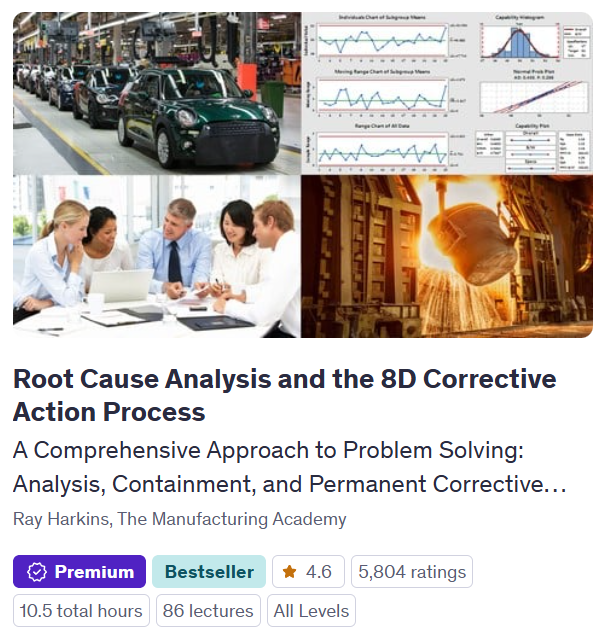Having worked in various roles in manufacturing over the past 25 years, I’ve spoken with dozens of professionals who felt stuck in their positions because the new ideas they brought to their bosses never seemed to get any traction.
Earlier this week for example, I spoke with a colleague, Sukanya. She’s moved to her role as a quality manager less than six months ago and is already experiencing this frustration. She had spent weeks investigating an automated vision system that she estimated would reduce their customer-found defects by at least 75%. The substantially reduced defects would undoubtedly improve customer satisfaction and cut their external quality costs. To her, this proposal felt like a slam dunk.
But when she presented her idea to her boss, all she heard in response was some mumblings like “We’ve got a pretty tight budget this year” and “We tried that once and it didn’t work”. And like flushing the toilet, all her time and energy investigating this new technology seemed to just vanish.
So, what was the problem? Perhaps any number of things. But one thing for sure is that Sukanya failed to connect her brilliant idea to the major concerns of her boss, namely her company’s financial situation.
As I explained to her, regardless of your discipline—quality, engineering, production, or anything else—as you climb higher in an organization, your concerns revolve less around your specific discipline and more around the finances of your organization. As a manager or executive therefore, your opinion about the worthiness of an idea is based less on ‘how much faster’ or ‘how fewer defects’, and more on how those parameters translate into financial value for your organization.
This process of determining the financial value a project adds to your organization is called Return on Investment Analysis (ROIA). It’s the process of adding the initial investments, ongoing revenues and expenses, and end-of-project salvage values into a single model to estimate the project’s lifetime value in today’s dollars.
ROIA is a significant part of business finance, and not something typically learned in the technical disciplines or discovered through engaging with personal finances. For an engineer or manager like Sukanya trying to procure funding for her project, performing a ROIA will start the process of translating the technical benefits of her project into the expected financial ones. Likewise, mastering the ROIA process in one key to advancing your career in manufacturing.
For a deep dive into Return on Investment Analysis – presented in a manufacturing-friendly, no nonsense manner – sign up for the low-cost online class titled, “Return on Investment (ROI) Analysis for Manufacturing”.



